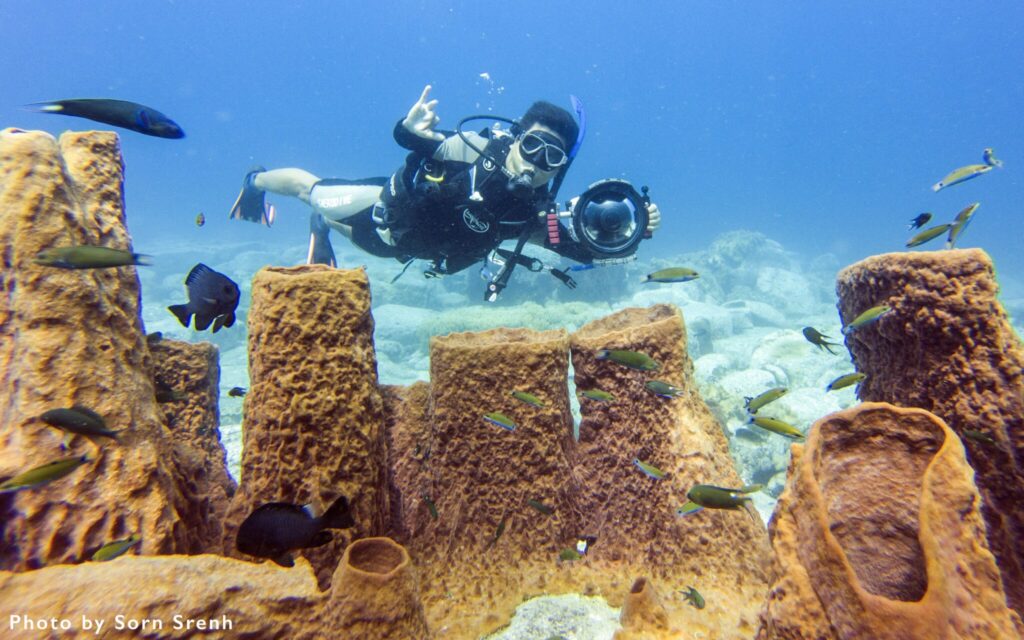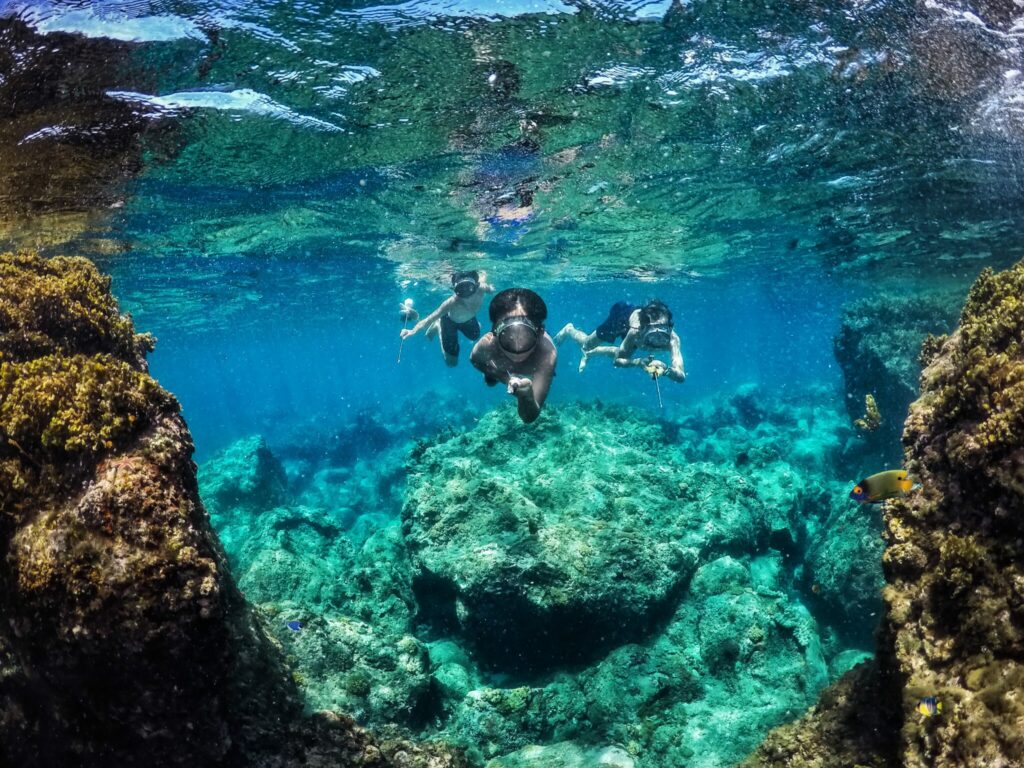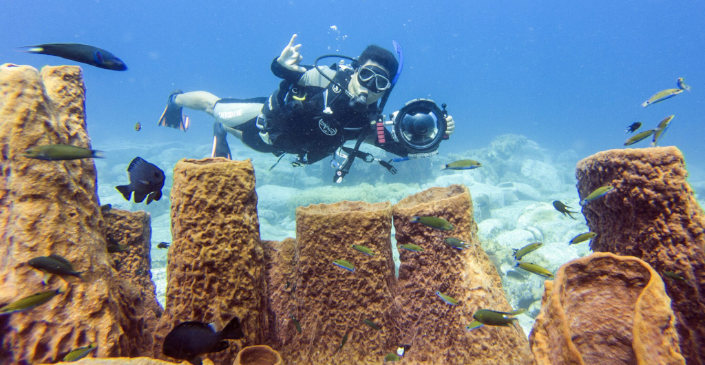
The Andaman Sea, Gulf of Thailand and South China Sea flank the countries of the Mekong Sub-Region: warm waters with some of the richest collections of marine life. The region has some pretty popular dive sites, to be sure- but what if you want to go somewhere a little more off the beaten path?
We have several suggestions for keen divers who want to explore the relatively unexplored parts of the region.
In Myanmar, the Mergui Archipelago remains the last frontier for divers: some 800-plus islands stretching over 36,000 square kilometres of marine territory in Myanmar’s section of the Andaman Sea. Surprisingly, you can only reach this diving destination through liveaboard boats departing from Phuket, Khao Lak and Ranong in Thailand.

Visiting divers need a week to ten days’ voyage to see the best of the Mergui Archipelago. There’s a lot to see, given the varied underwater landscape: rock walls ranging from gentle to steep; mysterious caves; sand bottoms; and gigantic seamounts, all populated with a massive amount of marine life.
You’ll encounter schools of tuna and trevallies, plus smaller, colorful fish like batfish and clownfish, and massive predators like manta rays and sharks. Hard and soft coral gardens at the Archipelago’s shallower waters teem with nudibranchs.
Liveaboards to the Mergui Archipelago visit between October to May, stopping at the Myanmar port of Kaw Thaung to secure immigration papers (divers must bring their passports and a US$200 visa fee).
In Cambodia, the island of Koh Rong boasts 43 kilometers of white-sand beaches, stark-blue waters, and many deserted beaches. Off its coast, though, the waters are rich with diverse marine life and colourful reefs.

Koh Rong’s shallow reefs make for great diving and snorkelling visits; imagine submerging next to a reef wall at around 8 to 12 meters, and seeing a wide variety of underwater life, from puffer fish to manta rays to barracuda.
To dive off Koh Rong, look for a dive operator from the island itself, or some in nearby Sihanoukville. Koh Rong Dive Center operates on the island and offers a full range of PADI diver training classes.
In Viet Nam, the island of Hon Mun near Nha Trang offers over 350-plus species of coral and colorful nudibranch specimens, set in a protected area that thrives with the absence of fishermen.

Marine life in Hon Mun is therefore free to proliferate, creating an abundance of sea creatures and corals at almost all elevations. The local waters are particularly conducive to coral growth; hawksbill turtles and moray eels are just about the only large sea creatures to be found around here.
Visit Hon Mun between February and September, for the best visibility and diving conditions. To get there, you can take a forty-minute boat ride from Nha Trang, where a variety of dive shops offer services like equipment rental, PADI training, and dive guides.
